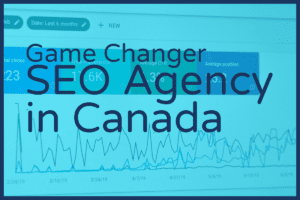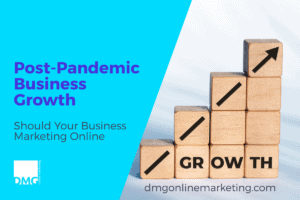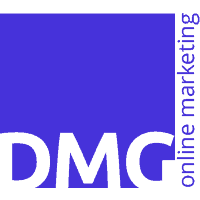
The lead nurturing we know of today is mostly orchestrated from behind a computer screen, but that’s not where it originated. Lead nurturing originated long before modern technology and it existed in a much simpler form, but it is from that simple form that the golden morals of B2C marketing have emerged. Be honest with your customers, treat them fairly, maintain your reputation, be one step ahead of the competition, and be a brand that people can identify with.
Where did Lead Nurturing get its roots?
A humble beginning
Lead nurturing has been around since long before the internet came into existence. In fact, it’s been around far, far longer than even paper has been around. That’s right, as soon as competition became a thing between businesses, lead nurturing came into existence. This is where the homey aesthetic of mom-and-pop shops was born, and in fact was to ancient peoples what social media is to us: something new to connect us to our products. But where today lead nurturing consists of emails, tweets, newsletters, marketing campaigns, social media and more, back in the day (and it was way back in the day) the most effective form of lead nurturing was friendly conversation.
“Hey Jim, how’s the fam? Kids all right? The plague not getting you down?” Customers were a lot more likely to come over to the blacksmith who serviced with a smile and a story than the one sweating over your money and the work to be done. Maybe even on the way home the blacksmith would stop by someone’s house and give them some leftover horse shoes. This sounds silly today, but back then that was the quickest way to get the word out about your business.
Shift to paper
With the printing press and wide-scale literacy came pamphlets, and from then on word of mouth was a thing of the past. Pamphlets and posters were the new way to get the word out and that meant coupons and advertisements, getting the word out to the people and communicating on a wider scale. Word of mouth was slow and outdated, and this was the new wave. But eventually, even paper, posters, and the postal service became too slow when put up against radio and television.
It’s Electric
Now we’re getting more up to date. Suddenly, you could broadcast your messages and communicate with customers counting in the millions, not just the thousands. It’s big leaps like this that change the global marketing climate, and it’s why today the most valuable communication technologies are the ones that connect hundreds of millions of people to one another. But we’re getting ahead of ourselves.
Radio and television brought with them two great new marketing gambits: infomercials and personal messages. Infomercials let people see the product in action and the “call now” number listed across the bottom of the screen got them interacting with live call centers. It was immediate person to person communication, and this is why personal messages were so effective. Just like Twitter, these personal messages from the head of the company would be broadcast over the radio for millions to hear. While there could be no back and forth, it was comforting for potential customers to hear the voice of the man in charge and to know that somewhere behind the numbers was a real human being. You can still see this today in television commercials. Take note the next time you see a Papa John’s commercial, or Bob Rohrman if you’re from the Midwest.
That brings us to today with social media and the internet connecting the globe in a way previously unimaginable. But if there’s one thing to take away from this history, it’s that even though the tools for lead nurturing get outdated and replaced with those more effective, they never disappear. Talking shop is still a powerful lead nurturing tool, and magazines and newspapers still print coupon sections. And if you think about it, even social media and television are just adapted and upgraded versions of those two, which have been around for hundreds of years. In fact, someone with a lot more time and a research grant could probably make the case that lead nurturing is just taking traditional friendly social habits, amplifying them, and then applying them on a larger scale. What does that mean? Being friendly gets clients.




